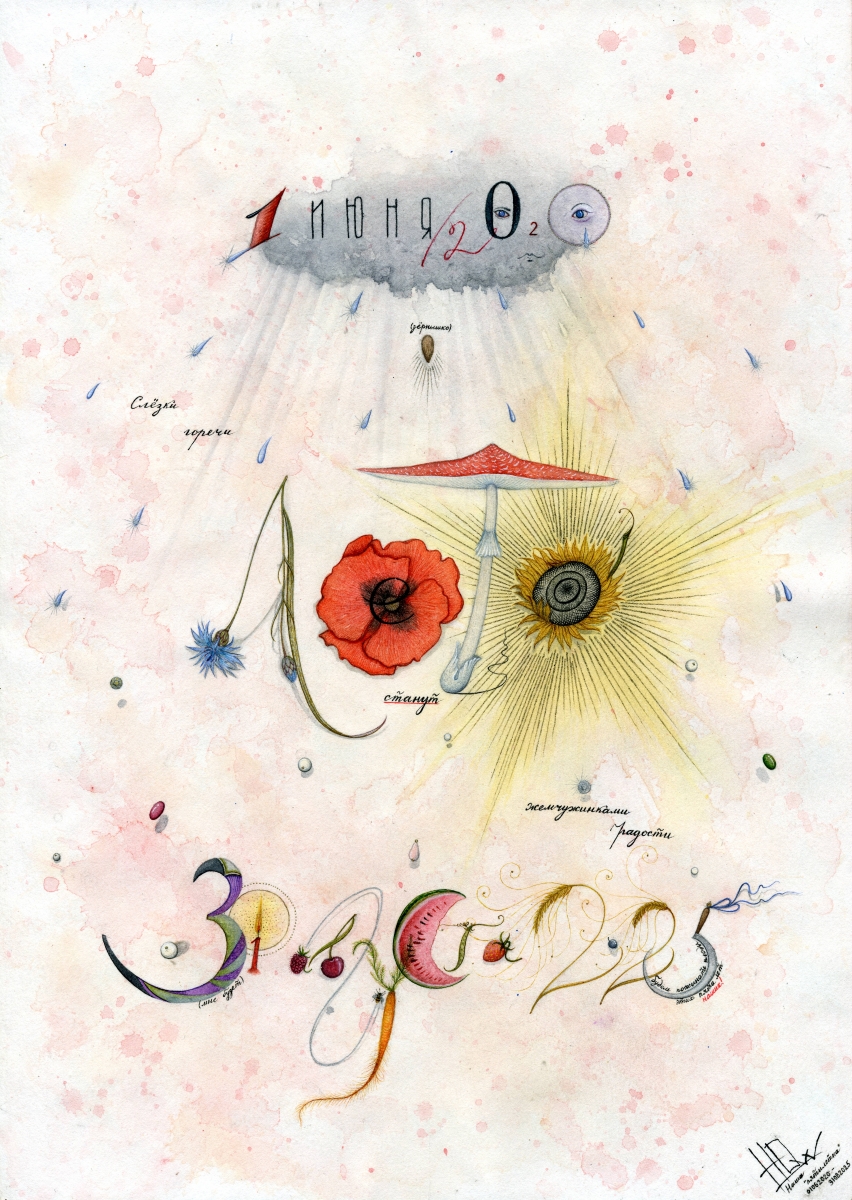
|
Sergey Guskov: What will happen to the diversity of art scene after the pandemic?
Hrag Vartanian: When we talk about art it’s the big issue of class. We clearly are seeing a tendency towards more diversity and for knowledge that there are just more than a few wealthy voices that are need to be heard. But at the same time those voices are tend to 170 drawn out a lot of other conversations. The work that many of activists have been doing for the decades have made some progress. Changes slow but it is still happening. The collectors are becoming more diverse; the galleries are becoming more diverse; the curators are becoming more diverse. But actually my bigger fear is how the museums will attract new audiences. As a critic I know when you’re writing you are not only working but making audience for your work. So the question is whether museums and other institutions are willing to build these new audiences.
Sergey Guskov: During the quarantine the museums initializing rough internet activity. And this sudden excess looks quite awkward.
Hrag Vartanian: That’s exactly what I’m talking about. Why did it take so long for them to go online? They could have done this two-three years ago. It’s so easy that they could do this in a month. Maybe because their wealthiest donors and patrons, which at least in the US are white middle class people, are not coming to the museums now. And that’s make me a little angry. They didn’t care about the public until all of the sudden there was a pandemic. They even don’t care about the content they are putting on. So this stuff is also made for grants, foundations and donors, not for the people watching this mess in social media accounts of museums.
Sergey Guskov: Does exhibition as a form of art presentation live through this period?
Hrag Vartanian: I think that will be one of the biggest changes we’ll see. The way the art world functions now when critic or curator must travel around the world to see all this work is not sustainable, at least environmentally. We should make art, which is more affordable and may be seen in multiple places at the same time. There is a reason why video and internet art became that popular. Maybe it’s expensive to produce a film but its transportation (you can just download it) and display is much cheaper than of a sculpture. Also with problem of increased immigration and military conflicts, getting objects through the borders is not easy as it used to be. Just ask any Palestinian artist on the West Bank. Lots of people love Thomas Hirschhorn installations but I always watch and thought, “Wow, there’s so much stuff.” And this is also not a sustainable model—the enormous installations that take so many resources and create so much garbage. If you have ever been to an art fair, you should see how many wastes it creates (if not mention other ethical questions).




